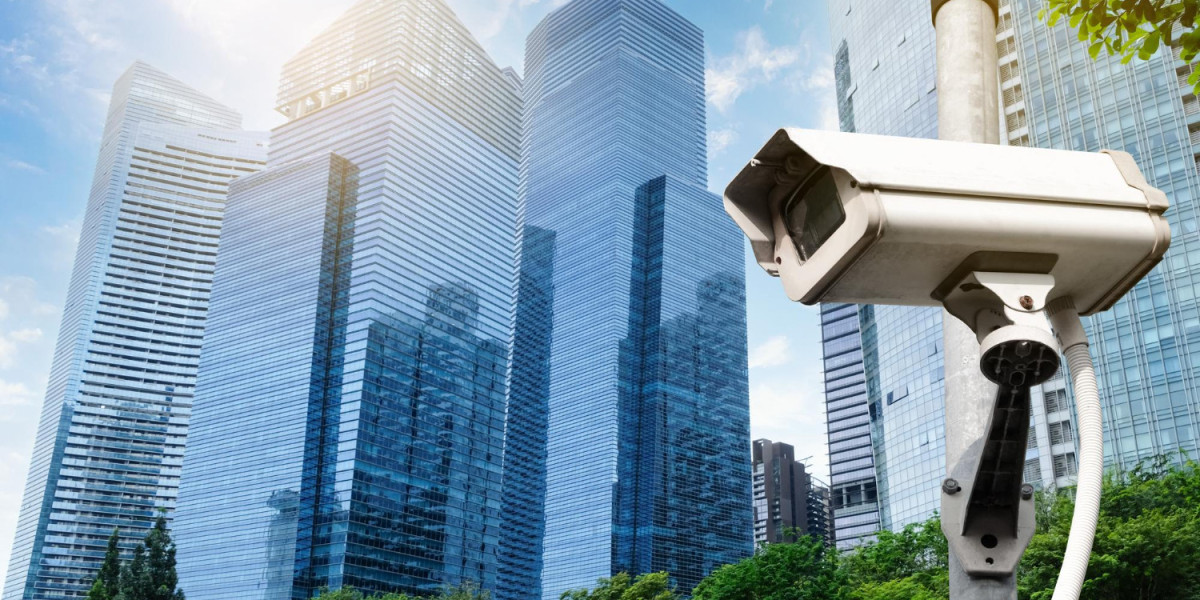Modern cities are changing quickly, and integrating new technology into existing ones is essential to improving general quality of life, efficiency, and safety. Embedded vision is one such technology that is making major progress and is transforming surveillance systems in smart cities all around the world.
Understanding Embedded Vision Technology
Embedded vision refers to the deployment of sophisticated image processing capabilities directly into devices like cameras, enabling them to interpret and act upon visual data in real-time. This technology utilizes AI algorithms and high-resolution imaging to detect, track, and analyze objects or situations without human intervention, making it a cornerstone of modern surveillance solutions.
Applications in Smart City Surveillance
1. Smart Traffic Management: Embedded vision systems play a crucial role in optimizing traffic flow and reducing congestion. By continuously monitoring intersections and roadways, these systems can detect traffic violations, manage traffic signals dynamically, and even predict traffic patterns based on historical data, thus improving overall urban mobility.
2. Enhanced Security Solutions: In urban environments, ensuring public safety is paramount. Embedded vision enables smart surveillance cameras to detect suspicious activities, monitor crowded areas in real-time, and alert authorities to potential security threats promptly. This proactive approach enhances emergency response times and deters criminal activities effectively.
3. Environmental Monitoring and Compliance: Smart cities prioritize environmental sustainability. Embedded vision supports initiatives by monitoring air quality, detecting environmental hazards, and ensuring compliance with regulations. This capability enables swift response to pollution incidents and facilitates data-driven policies for urban environmental management.
4. Intelligent Infrastructure Management: From monitoring critical infrastructure like bridges and tunnels to managing public amenities such as parks and waste collection, embedded vision systems provide actionable insights for maintenance and operational efficiencies. Predictive maintenance based on real-time data helps prevent infrastructure failures and ensures optimal service delivery.
Future Prospects and Innovations
As technology continues to advance, the capabilities of embedded vision in smart cities are poised to expand further. Future innovations may include enhanced object recognition, integration with IoT devices for seamless data sharing, and the development of AI-driven predictive analytics to anticipate and prevent urban challenges before they arise.
Embracing the Future: Integrating Embedded Vision
embedded vision is not merely a tool for surveillance but a transformative technology shaping the future of smart cities. By harnessing its capabilities, cities can achieve safer streets, more efficient transportation systems, and sustainable urban development. Embracing embedded vision ensures that our cities evolve into smarter, safer, and more livable spaces for all residents.



